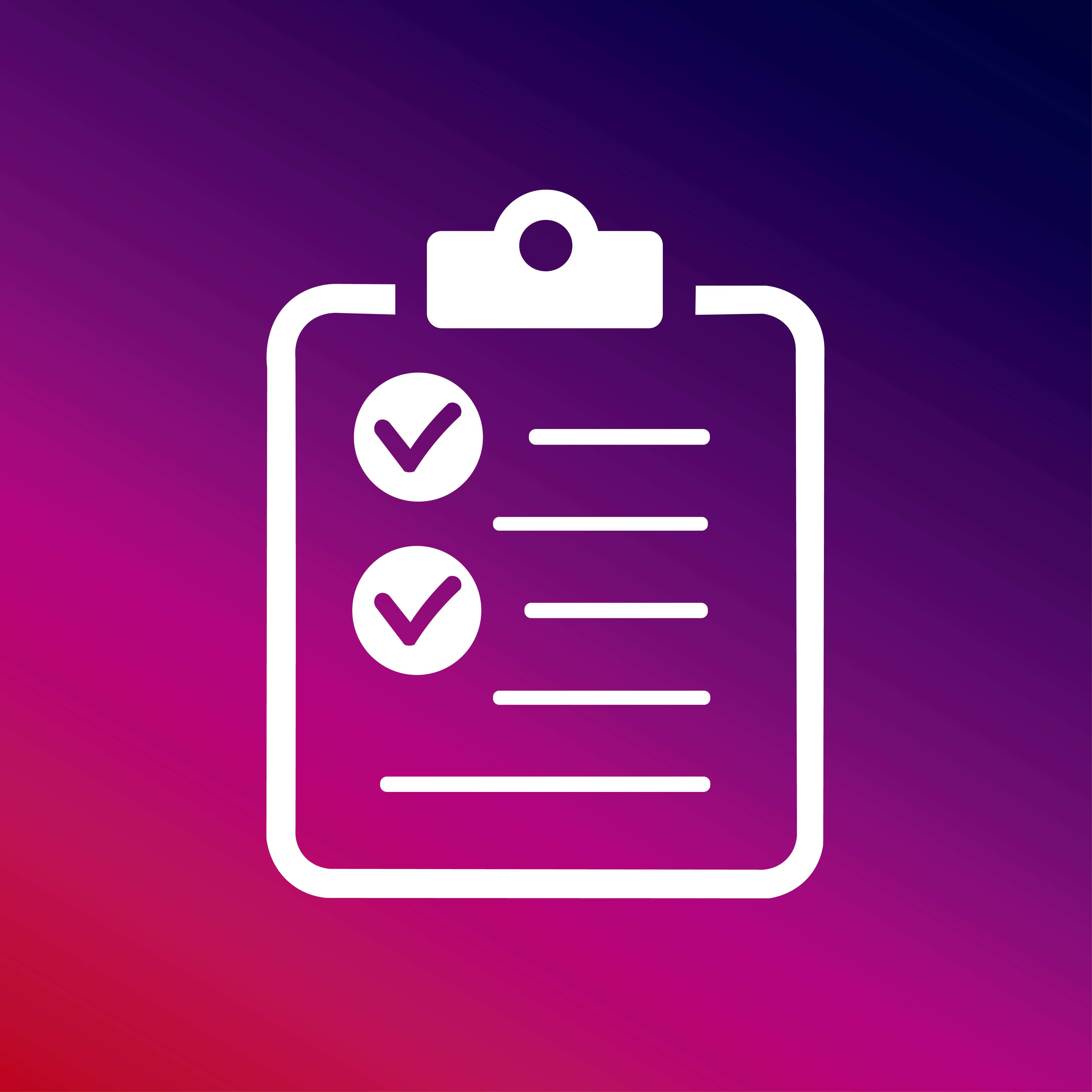Easy Steps to Develop Buyer Personas for Your Target Market

More companies than ever are starting to understand the value of customer personas.
Instead of targeting a certain demographic or large group of people, personas allow a company to know exactly who customers are and how they behave. In fact, persona development often dives much deeper than age, income and interests. Today, marketers look at path to purchase, income level and position within a company. Here are a few steps toward building audience personas that you can use in your own marketing materials.
Start With Google Analytics
The best way to identify target audiences and create personas is through Google Analytics and other platforms such as Coremetrics and Omniture. You can even use social media data such as that supplied by Facebook Insights if it provides the information you need.
With these tools, you have access to almost unlimited data no matter what demographics you use to segment your audiences. You may want to start with age and gender to better understand who is interested in your products, or you might filter into locations to understand where your audience is coming from. After all, an outdoor apparel retailer will have different personas for customers in Florida than for those in Colorado.
There are other defining segments in Google Analytics that are also helpful. You can sort customers by interest (e.g., shopping, crafting or travel), average ticket, and even time or path to purchase. The latter has become one of the most prominent tools for creating personas. By using this info, companies can learn about the type of customer who buys almost immediately versus those who take a few days/weeks to convert.
Compare Existing Personas with Your Ideal Ones
Keep in mind that Google Analytics gives an accurate depiction of who comes to your website and buys from you, regardless of whether it's your target persona. Many companies that target ideal personas in their advertising (from CEOs and VPs to college females interested in fashion) are surprised to learn that their advertising targets are different from their actual customers. They might be getting the sales numbers they want, but it's because their brand appeals to an unintended audience.
Use Google Analytics as a wake-up call for your marketing department. You might want to create two different segments with this info: the customer who's currently buying and the customer whom you want to target. Once you have both of these personas, you can create marketing materials to see how they respond.
Map Out the Customer Journey in Your Sales Funnel
As you start building your personas, make the most of them by mapping out their journey in the sales funnel. Which personas take longer to buy, and why? What information do they lack, and how can you provide it? In many cases, you're not trying to shorten their journey, but you want to understand it so that you can set marketing strategies and goals around them.
Understanding your customers' journey is a critical step in the sales process and often leads to successful merchandising and marketing initiatives. Understanding how consumers work their way through your company's sales funnel will help you structure your marketing in-store and online to best match each particular persona.
For example, a persona might take one to two months before buying - researching one day, reading reviews a few days later, comparing your products against your peers' a week later, and eventually buying. Taking care of the interest part is easy, but the information aspect is harder. To solve this, you want to create in-depth guides, testimonials and comparison content for your blog so that all questions are answered and trust is built.
Use Outreach Marketing to Learn About Audiences
Although you know which people come to your site and how they buy, you can't always know whether that's normal for the industry or what your competitors experience. To learn about this, consider outreach marketing. Forming partnerships with influencers is a great way to get a peek into their audience and attract people to whom you are trying to sell. This is particularly helpful if your current customers and ideal customers don't align and you're trying to attract your ideal core base.
Along with reviewing style guidelines for other industry blogs, study the traffic they drive to your page. This is actually a great way to test out new campaigns to see how people respond. Does certain content perform better than other content? Do different audiences respond as they should?
Keep in mind that outreach marketing is often part of the interest section of the sales funnel. If you're looking to impress and acquire new audiences, consider developing an amazing infographic for the influencer site as a way to introduce your brand to their readers. During this process, you're not looking for immediate sales; instead, you focus on leads, traffic and information.
Create a Content Strategy around Their Needs
Once you have a set idea of who your personas are and what they want, you can start building a long-term strategy to reach out to them. For all personas, identify various trends and factors that could affect the purchase process: When are their major buying seasons or budget increases? When are they most worried? How often do they need to buy your product or service?
These questions and ones like them will help you better allocate your budget and marketing calendar. Many vendors know better than to reach out to retailers during November and December, so they try to get as many sales transactions before October. Conversely, retailers need to dramatically increase their budget during the holiday season to get as many sales as possible. Knowing your persona and your industry trends will reduce waste in your marketing budget and strategy while increasing conversions.
One of the most common questions that comes up in persona conversations is how often personas should be changed. The answer is different with every company. Some brands can set their personas and use them for years, while others need to reevaluate their audience as their company and customers evolve. As a rule of thumb, we recommend evaluating your personas every 4-5 years or whenever you have a major rebranding. This ensures that you're always reaching out to the right people in the best way possible. About the Author
Derek Miller is a content marketing consultant for CopyPress, which is a leading digital content production company, specializing in articles, infographics, interactives and videos. For more information, visit CopyPress.com.









